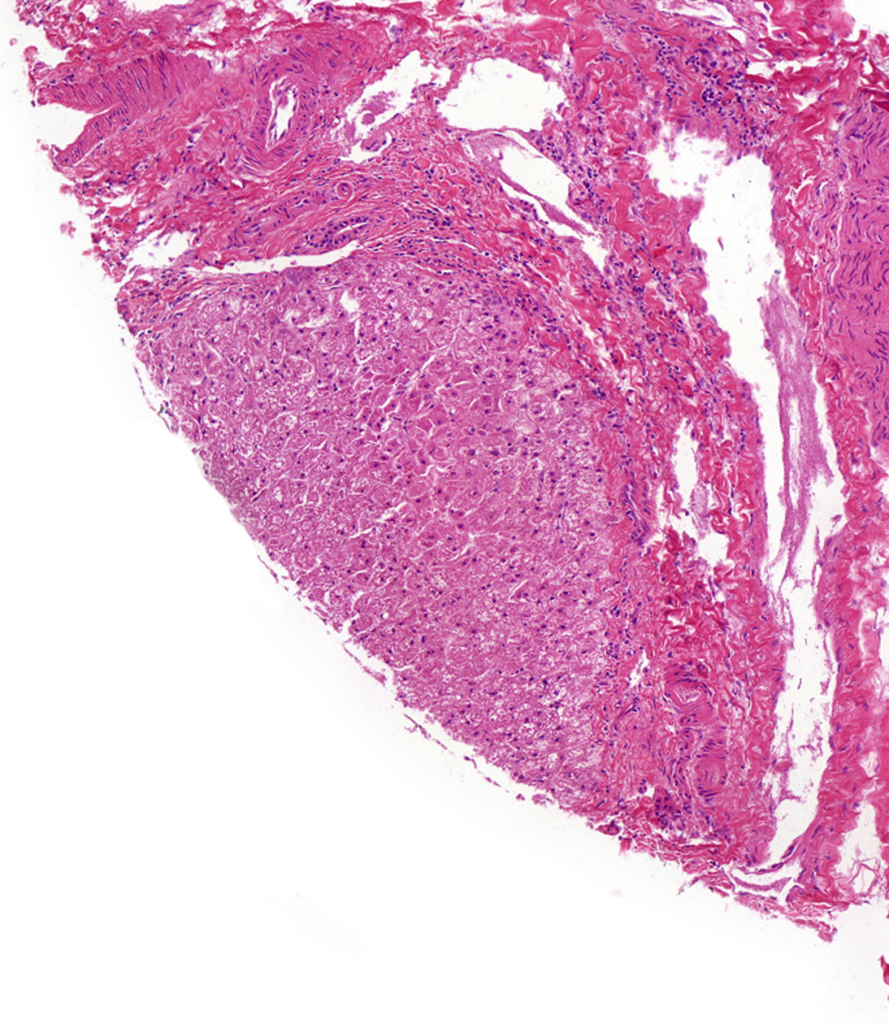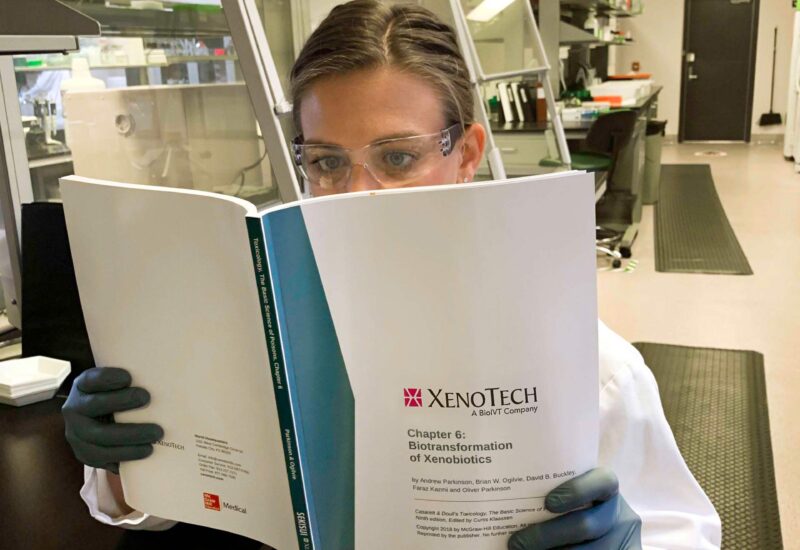Liver tissue comes from our Research BioBank, which provides normal and diseased human tissue samples for scientific investigation at a reasonable cost.

Research Biobank Liver Tissue for Drug Development and Liver Disease Research
We currently offer human liver tissue samples available as:
- Prelysate tissue frozen in buffer
- Cryopulverized tissue
- Other test systems: hepatocyte and subcellular fractions isolated from tissue
Hepatocytes have been prepared from some of the liver tissue used for tissue preparations from healthy donors as well as samples displaying early stages of alcoholic or non-alcoholic fatty liver disease (NAFLD) or diabetes; see donor list for availability of hepatocytes and submit a request.
Characterized Liver Tissue in Liver Disease Research and Drug Development
Through the establishment of the Research Biobank, we seek to provide the research community with a collection of high-quality human liver tissue specimens and arrays representing various stages of alcoholic or non-alcoholic fatty liver disease.
Our team is committed to furthering the knowledge surrounding hepatic diseases, such as nonalcoholic fatty liver disease (NAFLD) and nonalcoholic steatohepatitis (NASH), which affect 30-40% and 3-12%, respectively, of adults in the United States.1 Our Research Biobank provides diseased and normal liver tissue samples for scientific investigation at a reasonable cost to the end-user. Our tissue is collected with the initial intent for transplant, thus providing a high-quality test system for hepatology research and contribute to the development of new treatments.
Superior tissue sample preparation methods
The care taken to preserve the viability of the tissue intended for transplantation is a distinguishing characteristic of our Research Biobank specimens from samples collected at a typical post-mortem, usually compromised by several hours of warm ischemia. Research Biobank human tissue samples feature:
- High-quality specimens from organs initially intended for transplantation (but were excluded from transplant)
- Large quantities compared to needle biopsies
- Collected in a timely manner to preserve tissue quality and viability as it is transported to our site
- Donor demographics, BMI, diabetes, alcohol use, etc.
- Diagnosis supported by histological methods (H&E and trichrome staining) and medical histories
- NASH, pediatric, diabetic, fibrotic and other specimens available
Extensive donor inventory includes NASH, NAFLD, and others
Tissue samples and microarrays from Research Biobank allow for the analysis of expression of drug targets and early markers of fatty liver diseases across diverse populations of US liver donors. Tissue samples come with pathologic diagnosis, demographics, BMI, history of diabetes, and alcohol use data. Representative microphotographs are also available for each specimen. A selection of normal tissue is collected to satisfy the requirements of a control population. We have access to a wide variety of tissue from healthy and NASH-diagnosed adult donors as well as healthy and diseased (includes NAFLD) pediatric liver.

How we characterize normal vs diseased tissue
Tissue classifications reflect only major features of fatty liver disease, these tissues may have characteristics of other liver disease(s).
Reference
- “Definition & Facts of NAFLD & NASH.” National Institute of Diabetes and Digestive and Kidney Diseases, National Institutes of Health, Nov. 2016, www.niddk.nih.gov/health-information/liver-disease/nafld-nash/definition-facts

